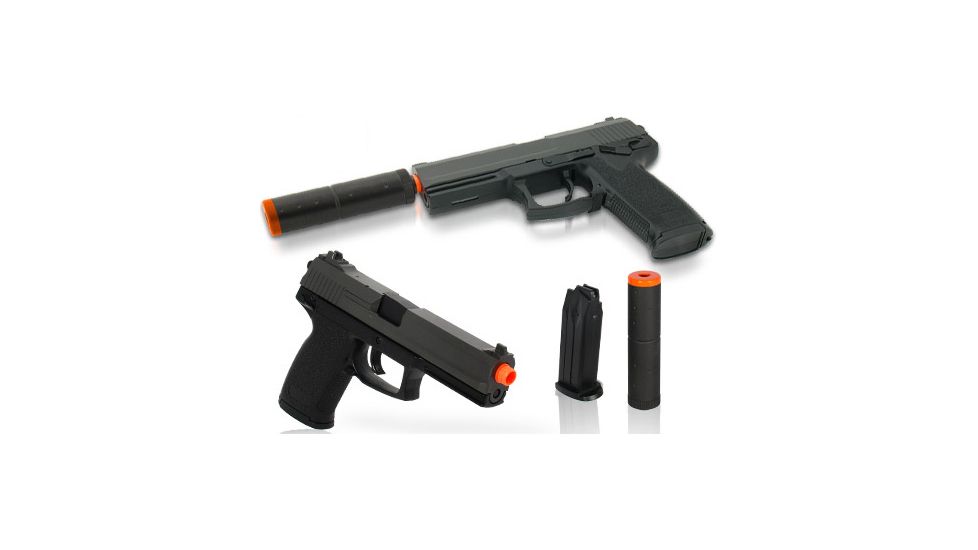

This pistol was planned to correct all of the deficiencies of the M1911 that included a passive firing pin block and could be carried safely in double action mode yet the hammer could be cocked back to shoot in single action mode. The M9 would replace all the old and tired M1911 pistols. adopted its first pistol in more than 70 years.

On January 14, 1985, after a very controversial and very thorough testing program, the U.S. 45 Auto caliber cartridge did not conform to the new NATO standardization that specified 9mm as the NATO caliber pistol cartridge. With the onset of the Cold War, there was another problem the. The M1911-series suffered from some severe setbacks including no firing pin safety, not safe to carry loaded, heavy and a low magazine capacity. The cartridge had proven itself throughout the last century and came well into the new one. The pistols were old and in many cases towards the 70s and 80s you would have to take pieces from 5 pistols to make one work. One of the major issues with the M1911-series was that the last run of pistols was procured by DoD in the 1950s. The M1911-series was a single action semiautomatic pistol that had a magazine capacity of 7 rounds. The M1911-series pistols were outdated as it would be compared to the modern pistols such as those manufactured by Glock and Heckler & Koch.

45 ACP cartridge, was the standard service pistol for the United States from 1911 right up through 1985. The venerable M1911A1 pistol, firing the hard hitting. Small arms were no exception in fact they would be the first to be put on trial. They worked well in the lab and in testing but never really saw combat until the wars in Iraq and Afghanistan. Many of those weapons and tactics had never really been tested in a real combat environment. The Global War on Terrorism has put to the test many new weapon systems adopted in the post Cold War period.


 0 kommentar(er)
0 kommentar(er)
